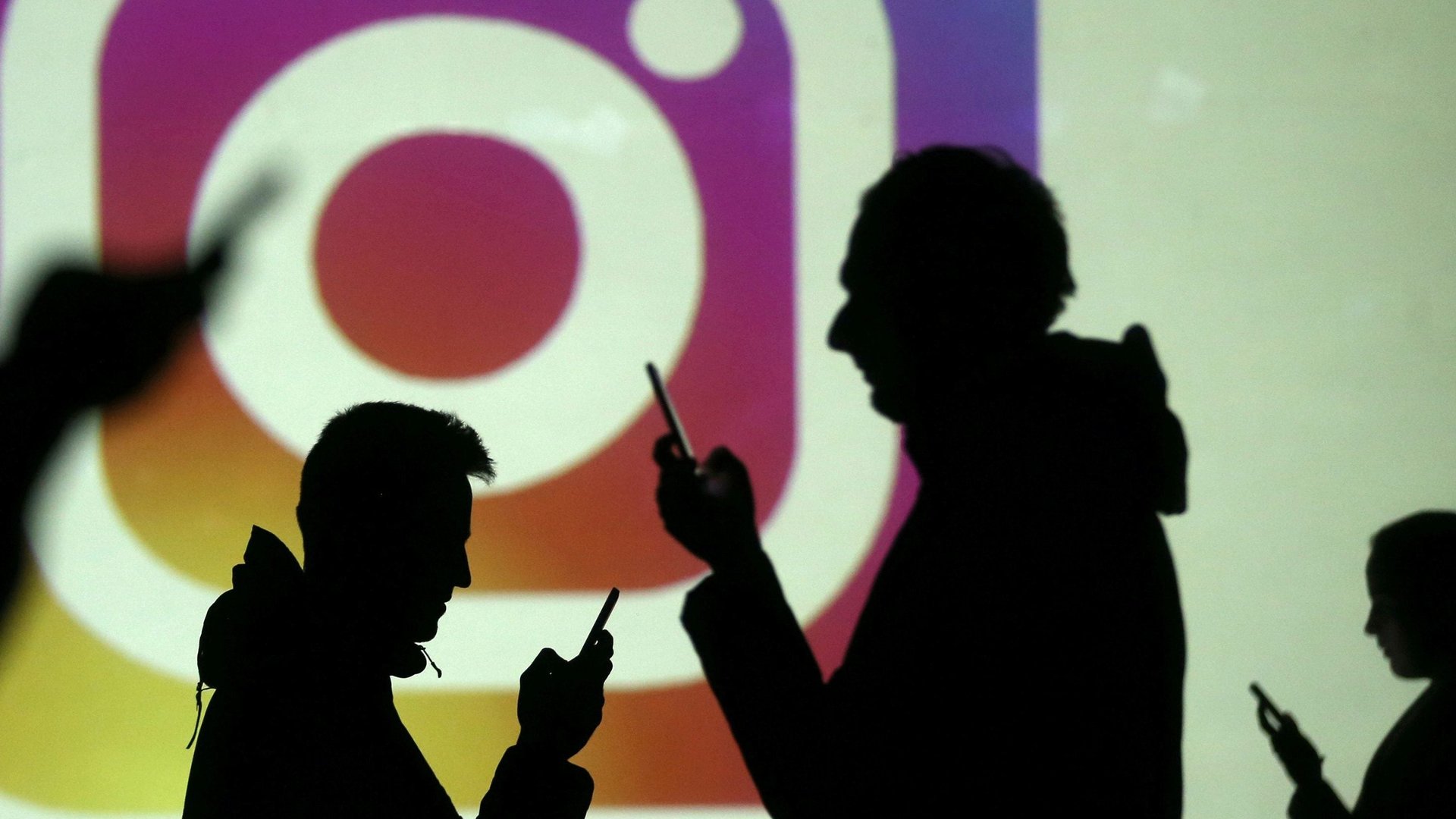Russian operatives were promoting sex toys on Instagram to sow discord in the US
Two reports produced by independent researchers for the US Senate Intelligence Committee, released today (Dec. 17), show that Instagram was a much more significant tool in the hands of Russian operatives trying to influence US politics than previously thought—and was at times potentially more powerful than Facebook.


Two reports produced by independent researchers for the US Senate Intelligence Committee, released today (Dec. 17), show that Instagram was a much more significant tool in the hands of Russian operatives trying to influence US politics than previously thought—and was at times potentially more powerful than Facebook.
Between early 2015 and late 2017—during which the US elected Donald Trump as president—accounts associated with the Kremlin-sponsored Russian Internet Agency created more content on Instagram. These posts also received more engagement on Instagram than on Facebook, even though there are more ways to engage on Facebook, researchers from cybersecurity company New Knowledge, Columbia University and software research and development firm Canfield Research found in the 100-page report.
“Instagram was perhaps the most effective platform for the Internet Research Agency. Approximately 40% of its accounts achieved over 10,000 followers (a level colloquially referred to as “micro-influencers” by marketers); twelve accounts had over 100,000 followers (“influencer” level),” researchers said.
The top accounts were identity-based, targeting people interested in African-American, veteran, feminist, or LGBT issues.
“In 2017, as media covered their Facebook and Twitter operations, the IRA shifted much of its activity to Instagram. Instagram engagement outperformed Facebook, which may indicate its strength as a tool in image-centric memetic (meme) warfare,” the researchers write in their report, which details the operatives’ various tactics. The New Knowledge analysis and the other report, from Oxford University and social-network analysis firm Graphika, both say that social media companies should cooperate more with the US government and researchers to stem the spread of foreign propaganda.
The actual reach of the Instagram posts is not entirely clear. Each report shows that over a three-year period, Instagram posts garnered more than 185 million interactions (likes and comments). (Facebook initially said, ahead of congressional hearings in late 2017, that over a roughly two-year period, 126 million people saw IRA-linked content on Facebook and only 20 million saw it on Instagram.)
It’s possible that the Instagram engagement was inflated by click farms—companies that artificially inflate the number of interactions posts online receive—the New Knowledge researchers said, which would make its actual reach smaller. But if Russian actors paid for clicks on Instagram, it would further emphasize how important the app was for the country’s influence campaign—and show how easy it is for bad actors to game the platform.
On the other hand, the number of post seen could potentially be even greater. Facebook makes sharing content easy, but Instagram doesn’t have a native “sharing” feature—people do it through third-party apps, like Repost for example, making it harder to track.

The operatives used various audience-growing tactics, creating some bizarre outcomes. The accounts promoted merchandise, including merch sites run by the IRA itself. Some of the merch overlapped with Facebook, but, the researchers found some products unique to Instagram like “LGBT-positive sex toys and many variants of triptych and 5-panel artwork featuring traditionally conservative, patriotic themes,” the New Knowledge report said. The merchandise could have provided the IRA with some income, but more importantly, offered the operatives access to buyers’ personal data, including payment information, and help with ad targeting in the future.
The Russian operatives’ activity on Instagram only increased after the 2016 US presidential election. There was a 238% spike in activity in the in a six-month period after the 2016 election, according to the Oxford report, and there are no signs of stopping. “Our assessment is that Instagram is likely to be a key battleground on an ongoing basis,” the New Knowledge researchers wrote.